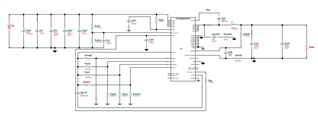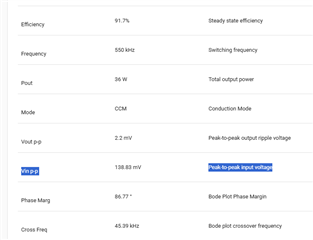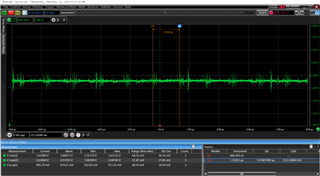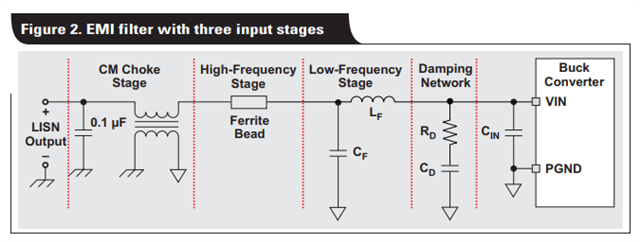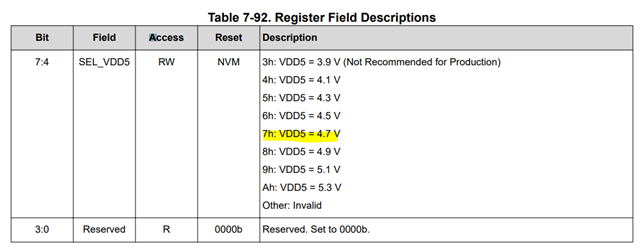Other Parts Discussed in Thread: TPS546B24A,
Tool/software:
Dears
We got an issue that is power noise, currently we design TPS546A24A/TPS546B24A in our product.
Before we design them, we already simulated by using TI Webbench and the result is also good.
Also, TI FAE(Taiwan) did measurementt in the past, the report is pass. It measns that the design is OK basedon the result.
But, according to customer’s feedback, they found some cards worked abnormally recently, cannot connect to it.
They tried to measured signal and found Vpp is even up to 1V on the GPIO which is reset signal.
Due to the signal is reference to Vcc 12V power plane, they doubt it is related to power noise.
Please advise.
Thanks.
